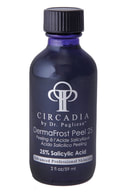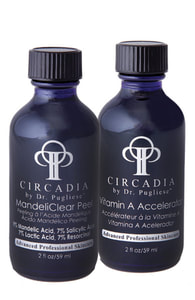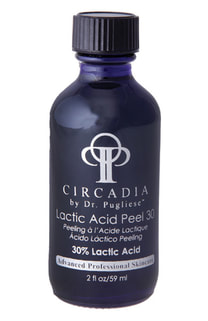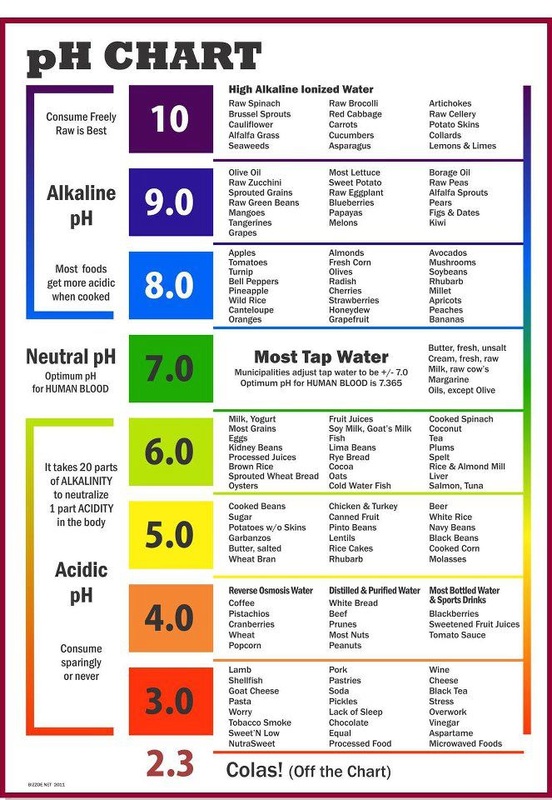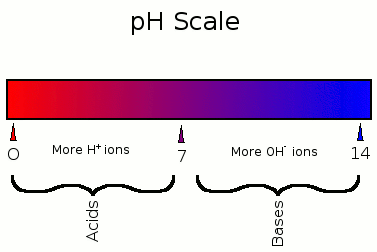CHEMICAL PEELS
Chemical peels are one of the best ways to refresh your skin when it's feeling dull and rough.
Depending of the kind of chemical peel you get, they can help fade dark marks,
even out skin tone, improve fine lines, and treat sun damage.
Depending of the kind of chemical peel you get, they can help fade dark marks,
even out skin tone, improve fine lines, and treat sun damage.

